
Reflections of Sustainability: Succulents in Cultural Narratives
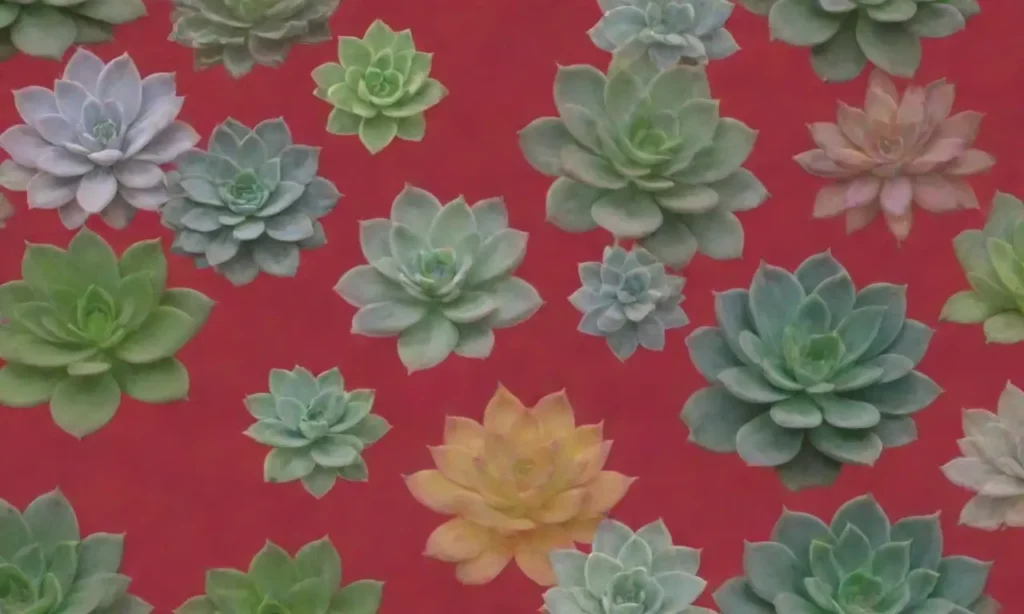
Introduction
Sustainability has become a focal point of contemporary discourse as concerns about climate change, resource depletion, and environmental degradation escalate. Within this global dialogue, a unique and often overlooked aspect is the integration of plants, particularly succulents, into various cultural narratives. Succulents, with their low-maintenance nature and striking aesthetic appeal, have transcended mere decoration to occupy a more significant role in our understanding of sustainable practices. They serve as both a symbol and a substance in illustrating the principles of sustainability through art, spirituality, and community engagement.
This article delves into the multifaceted role that succulents play in cultural narratives surrounding sustainability. We will explore how these remarkable plants have become icons of resiliency and adaptability within various cultural contexts. By examining their portrayal in literature, art, and community practices, this article will demonstrate that succulents are not just aesthetically pleasing additions to our lives; they are also vital storytellers about our relationship with the environment.
The Symbolism of Succulents in Various Cultures
Succulents, particularly in regions such as Mexico, have been revered for centuries, both for their beauty and their practical uses. The Aztecs, for example, cultivated the agave plant not only for its impressive appearance but also for its nectar, which was transformed into pulque, an alcoholic beverage. The spirituality attached to succulents in these cultures often underscores themes of renewal, life, and sustainability. The very nature of these plants, which can thrive in the most arid conditions, symbolizes resilience in the face of adversity. This contrasts starkly with societal values that advocate for unrestricted consumption—succulents remind us of the importance of conservation in even the harshest environments.
In the modern context, succulents have also emerged as symbols in various artistic movements. Contemporary artists and designers often incorporate succulent plants into their work to evoke themes of sustainability and an aesthetic appreciation for nature. The use of succulents in landscaping and design has become a powerful tool in reinforcing the message of sustainable living. Their ability to retain water in their leaves allows them to flourish even with minimal resources, thus serving as a strong visual representation of the broader sustainability movement.
Moreover, succulents play a crucial role in design philosophies that reflect minimalism and a connection to nature. For example, in the Japanese Zen garden, plants such as succulents are often incorporated to manifest a sense of tranquility and connection to the earth. In these settings, their geometric shapes and tranquil colors mimic the serenity one seeks in both nature and living spaces. In this way, succulents wield an undeniable power to shape cultural narratives, reflecting an intrinsic relationship with nature and the principles of sustainability.
Succulents in Literature and Art
In literature, succulents often appear as metaphors for various emotions—such as loneliness, survival, and hope. Authors and poets have utilized the hardy nature of succulents to portray characters who are similarly resilient, surviving harsh climates both physically and emotionally. For example, in poetry, the image of a single aloe vera thriving amidst a desert landscape can symbolize the strength found in solitude and the beauty of resilience. Through such representations, succulents become more than mere objects; they tell stories of triumph and perseverance in the face of adversity.
In visual arts, succulents have inspired numerous artists, who often explore themes related to nature, life cycles, and environmental impacts. A pivotal movement is the eco-art movement, wherein artists seek to address climate change through their work. Succulents are frequently included in installations and sculptures to vividly illustrate the beauty of biodiversity while simultaneously critiquing unsustainable practices. By drawing on the visual appeal of succulents, artists create a dialogue about the necessity for pro-environmental behaviors and the urgent need to incorporate sustainable practices in our daily lives.
 Succulents: Bridging Cultural Divides Through Shared Beauty
Succulents: Bridging Cultural Divides Through Shared BeautyFurthermore, the rise of social media has further propelled the visual representation of succulents in art. Platforms like Instagram are awash with images of these plants, celebrated for their unique shapes and colors. Hashtags such as #plantsarefriends or #succulentlove have become cultural phenomena, encapsulating a community that seeks not only to share their appreciation for succulents but also to promote sustainable gardening practices. This collective celebration reaffirms the role of succulents as integral to contemporary cultural narratives, demonstrating how they connect individuals to both nature and each other in an increasingly urbanized world.
Community Engagement and Succulent Gardens

As we move beyond symbolism, the tangible aspect of succulents manifests in community gardening initiatives aimed at promoting sustainability. The concept of succulent gardens has gained popularity in urban areas, providing residents with opportunities to cultivate their own plants while learning about responsible gardening practices. These gardens often use xeriscaping, a method that incorporates drought-resistant plants to reduce the need for irrigation, aligning closely with sustainability principles.
In many communities, succulent gardens serve as educational hubs where individuals can come together to share knowledge regarding native plant species, sustainable gardening practices, and the overall environmental impact of their choices. Through workshops and community events, people learn how to care for succulents, fostering a sense of responsibility toward their ecological footprint. The hands-on experience demonstrates how small actions can contribute to broader sustainability efforts, encouraging individuals to be mindful of their consumption and environmental impact.
Moreover, succulent gardens can also serve as social spaces. Community members can gather in these green sanctuaries to enjoy activities that promote well-being, such as meditation, yoga, or simply socializing amidst the beauty of nature. These settings promote social cohesion as generally, the act of tending to a garden helps build relationships among diverse groups of people. By transforming vacant lots or underutilized spaces into vibrant succulent gardens, communities emphasize not only the value of beautification but also the substantial and lasting impact on mental health and communal harmony.
Furthermore, the commercialization of succulents—such as their increased presence in local nurseries and online stores—has also encouraged a sustainable economy. Local entrepreneurs often engage in practices that emphasize ethical sourcing of plant materials, nurturing an eco-conscious marketplace that ultimately strengthens the notion of sustainability. This also supports the concept of community resilience, as local businesses thrive on ethical practices and positive community engagement.
Conclusion
The journey through the rich narratives of succulents illustrates their profound significance beyond their attractive aesthetics. These resilient plants symbolize our relationship with the natural world, acting as important reminders of the necessity for sustainable practices. From their historical roots in various cultures to their expressive roles in literature and art, succulents reveal a deeper understanding of what it means to be interconnected with nature.
 The Psychology of Succulents: Cultural Views on Majesty and Calm
The Psychology of Succulents: Cultural Views on Majesty and CalmAs we face increasing environmental challenges, cultivating a deeper appreciation for symbols such as succulents can serve as a catalyst for positive change. By engaging with the cultural meanings imbued in them, we can foster greater awareness and action towards sustainable living. Whether through community gardens or artistic expressions, succulents remind us of our role in nurturing the environment and inspire us to embrace responsibility toward future generations.
In essence, the humble succulent encapsulates the essence of sustainability—resiliency, beauty, and a call to action. Through cultural narratives, literature, and community initiatives, succulents offer us more than just a decorative item; they provide a lens through which we can envision a more sustainable relationship with our environment. By nurturing these plants, we can collectively cultivate a more sustainable world, one leaf and one story at a time.
If you want to read more articles similar to Reflections of Sustainability: Succulents in Cultural Narratives, you can visit the Cultural Significance category.

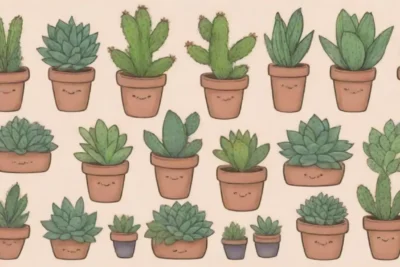
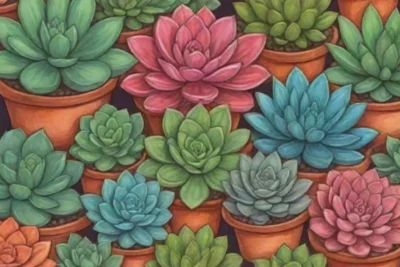

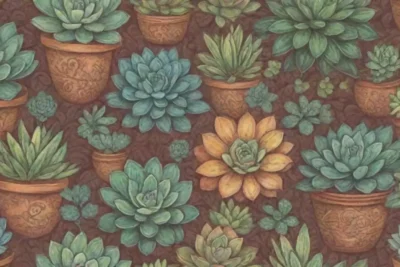
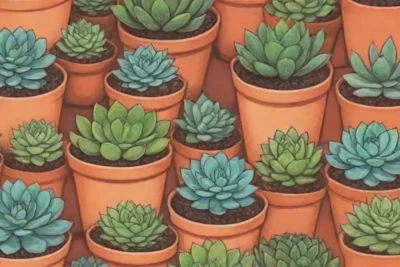
You Must Read